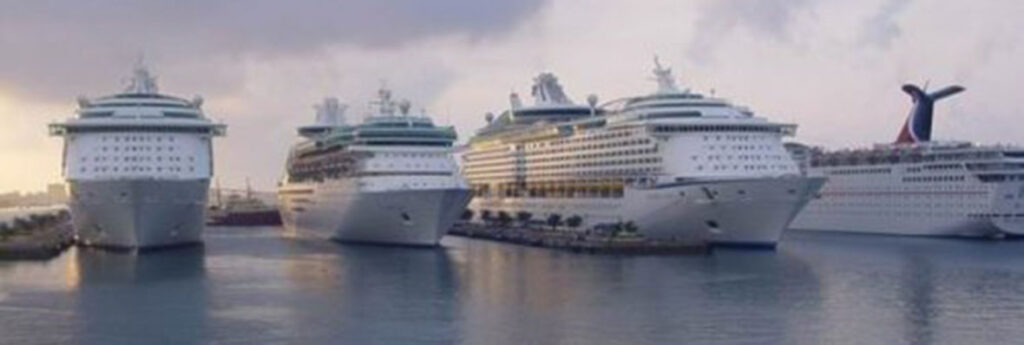When it instituted the conditional sail order in October 2021, the CDC said it would let it expire on January 15. This week CDC Director Rochelle Walensky reportedly confirmed to Congress that the Covid-19 regulations would move from mandatory to voluntary in that day.
“I think the conditional sailing order and the fact that the industry has stepped up and is now interested in doing and exceeding, as you know, the compliance with the sail order without the order even necessarily needing to be in place, is a real testimony to how well that has worked and how we’ve worked collaboratively with the industry,” she said.
Originally called the “no sail order” it shut down the cruise lines for longer than a year. The major cruise lines have all kept their Covid protocols in place, and even tightened them, despite the CSO expiring on Jan. 15.
The cruise industry was hit extremely hard by the pandemic. Ships were docked or out at sea with skeleton crews as the Centers for Disease Control and Prevention prohibited the major cruise lines from sailing.
The industry however, made use of that time, hiring top infectious-disease doctors, upgrading air filtration, and creating protocols to make cruising viable during a highly contagious pandemic.
In July the CDC started allowing some sailings from US ports under its conditional sailing order.
Various cruise-line executives have noted that protocols may not be able to stop transmission, but they can help contain outbreaks. Royal Caribbean President Michael Bayley recently posted in Facebook post that infection rates on board are well below the rates on land.
“With a typical sailing having anywhere from 95% to 98% fully vaccinated on-board population and all guests tested before boarding and all crew tested weekly with front-of-house staff now being tested every three days and everyone wearing masks the vast majority of the time, along with social distancing, sanitizing, etc.,” he wrote. “We now have a positivity rate way below the national rate and way below our big homeport states such as Florida, California, Texas, etc., and way below Broward and Miami-Dade in Florida, the two counties which are home to our biggest homeports of Miami and Port Everglades.”

